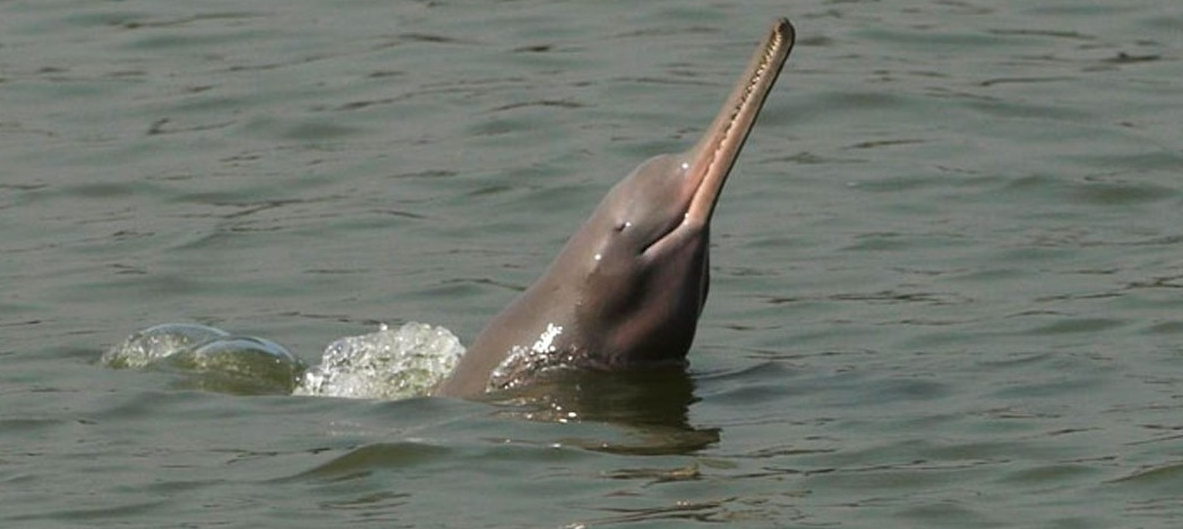Table of Contents
While the tiger commands the land, the labyrinthine waterways of the Sundarbans are the undisputed kingdom of a different prehistoric titan: the Saltwater Crocodile (Crocodylus porosus). The largest living reptile on Earth, these magnificent and powerful predators are masters of stealth, perfectly adapted to the mangrove ecosystem.
Spotting one is a heart-pounding highlight of any Sundarban tour. But to find them, you need to think like them. Let's delve into the secret life of these "salties" and uncover the best strategies to witness them in their natural realm.
Understanding the Beast: The Estuarine Crocodile
Before we look for them, it's crucial to understand what makes them tick.
-
Size & Power: Males can reach staggering lengths of over 6 meters (20 feet) and weigh more than a ton. They are incredibly powerful, capable of explosive bursts of speed both in water and on land.
-
Adaptations: They have special glands on their tongues to excrete excess salt, allowing them to thrive in both saline and freshwater habitats. Their eyes and nostrils are positioned on top of their heads, enabling them to see and breathe while almost completely submerged.
-
The Ambush Hunter: Saltwater crocodiles are the ultimate ambush predators. They can remain motionless for hours, disguised as a floating log, before launching a lightning-fast attack on unsuspecting prey.
When to See Them: Timing is Everything
Crocodile activity is heavily influenced by temperature and tide.
1. The Best Season: Winter (October to February)
The cooler weather is the key. Unlike the tigers, crocodiles are ectothermic (cold-blooded). They rely on external heat sources to regulate their body temperature. During the winter months, they are forced to bask in the sun for long periods on mudbanks and sandbars to warm up. This makes them dramatically easier to spot than in the scorching summer when they remain submerged to stay cool.
2. The Best Time of Day: Late Morning to Mid-Afternoon
This aligns with their basking behavior. As the sun climbs higher and warms the mudflats, crocodiles haul themselves out to soak up the rays. The prime window for basking is typically from around 10:00 AM to 3:00 PM.
3. The Role of the Tide: Low Tide is Prime Time
This is the most critical factor. During low tide, vast mudflats and riverbanks are exposed. This provides the perfect, warm platform for crocodiles to bask. As the high tide rolls in, it submerges these basking spots, and the crocodiles retreat into the deeper, murky channels, becoming virtually invisible.
Where to See Them: Prime Crocodile Real Estate
Not every creek is a crocodile hotspot. They are territorial and prefer specific types of locations.
-
Large Mudflats and Sandbars: These are the classic basking sites. Scan the edges of any large exposed mudflat with your binoculars. A "log" that wasn't there before might just be a crocodile.
-
The Confluence of Creeks: Areas where two or more channels meet are often rich in fish, making them productive hunting grounds for crocs.
-
The Banks of Wider Rivers: While cruising the main channels, keep a close eye on the banks, especially where there are gradual, muddy slopes.
-
Near Watchtowers: The areas around watchtowers like Sudhanyakhali and Sajnekhali often have nearby mudbanks that are frequented by basking crocodiles.
How to Spot Them: A Guide for the Eye
You're not just looking for a moving dinosaur. Look for clues:
-
The "Log" with Eyes: This is the most common sight. A still, dark shape on the mudflat. If you see what looks like a log, but it has two raised bumps (its eyes and nostrils) at one end, you've found your crocodile.
-
The "Sleeping" Giant: A basking crocodile will often lie with its jaws wide open. This is called "gaping," a behavior to regulate their body temperature.
-
Just the Nose: Often, all you'll see is the very tip of their snout and eyes moving silently through the water, creating barely a ripple.
-
Slide Marks: On steep, muddy banks, look for long, smooth grooves in the mud—these are "slide marks" where crocodiles enter and exit the water.
Safety First: Respect the Apex Predator
-
Never stand up or lean over the edge of the boat, especially when close to the banks.
-
Do not attempt to feed or provoke them in any way.
-
Always listen to your guide's instructions. They know the behavior and territories.
-
Absolutely NEVER swim in the rivers or step onto mudflats.
Witnessing a massive saltwater crocodile in the wild is a humbling experience that connects you to a primeval world. It’s a testament to the raw, untamed nature of the Sundarbans. By understanding their secrets and respecting their power, you dramatically increase your chances of an unforgettable encounter with the true dragon of the delta.




.gif)
.gif)

No comments yet
Be the first to share your thoughts!